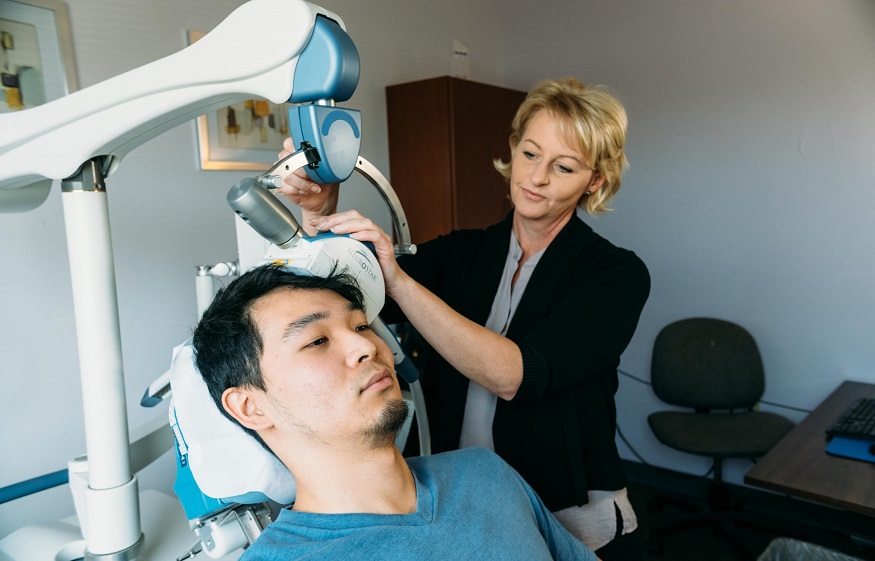For some people with depression, antidepressants are not an option, either because they do not work or because the person may be taking other medications that could result in negative outcomes. For these people, TMS therapy may be the best treatment option. Here’s everything you need to know about TMS therapy, including its benefits and how it works.
What is TMS Therapy?
TMS Therapy, also known as Repetitive Transcranial Magnetic Stimulation, has been shown to be effective in treating depression symptoms without the use of medication. TMS Therapy works by stimulating nerves in the brain which are thought to play a role in symptoms of depression. Many studies have shown that TMS Therapy can effectively help alleviate depression symptoms and reduce the risk of depression-related complications such as suicide attempts and suicidal thoughts.
How Does it Work?
In a normal, healthy brain, messages are sent from one neuron to another through synapses. If a person is depressed, these neurotransmitters don’t work as well and serotonin is unable to get where it needs to go, thus causing depression. Transcranial magnetic stimulation works by emitting electromagnetic pulses that stimulate nerve cells in parts of your brain. This causes changes in mood, which can help treat depression. Research suggests it could be an effective treatment for those who do respond well to the therapy.
How TMS Therapy is Better than ECT?
TMS therapy is also different than electroconvulsive therapy (ECT), which often gets confused with the former, because both are used for treating depression. However, TMS is found to be a better treatment overall when compared to ECT. Here’s how:
- Unlike Electroconvulsive therapy (ECT), or shock treatment, TMS is a non-invasive form of brain stimulation that does not require general anaesthesia and can be completed in one visit.
- Patients can resume their normal daily activities right after their TMS treatment. With ECT, patients must take time off work to recuperate following each session, which means it can take longer before they feel better.
- While both ECT and TMS treatment use magnetic energy to stimulate regions in your brain that control mood, ECT uses much stronger currents than are used with TMS. As a result, ECT can probably cause memory loss and confusion during treatment.
- Because TMS sends impulses directly into specific areas of a patient’s prefrontal cortex where mood regulation occurs, there is no damage to surrounding tissue like what occurs with ECT.
- TMS stimulates activity within targeted areas of your brain while leaving other regions alone. That makes it easier for you to continue working through your depressive episode while getting effective treatment at the same time.
TMS therapy has been proven to be effective at treating depression, especially when compared to other types of depression treatment like medication and therapy. Talk to an expert offering this treatment if you have any questions.




